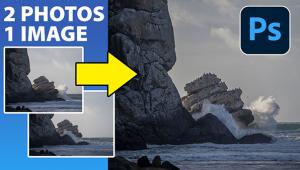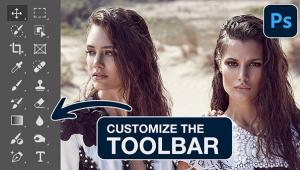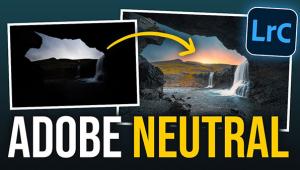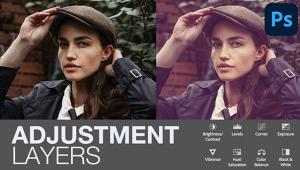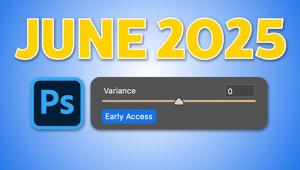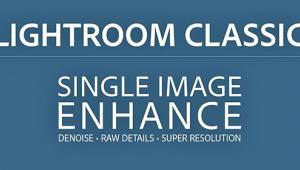What’s the BEST Way to Save Photos: TIFF, PSD, PNG, or JPEG? That Depends (VIDEO)

There are various file formats for saving images, and more than a bit of confusion regarding which one to use. And while everyone seems to have their own process, some choices can be detrimental to layered images and your workflow in general.
The mystery tends to center around four basic file formats, TIFF, PSD, PNG, and JPEG, and whether one is better than the others. As you’ll see in the quick explainer below, the answer depends upon whether or not the image is layered, how you plan on using it in the future, and a few other key variables.

Fortunately, after watching the seven-minute tutorial below from photographer Blake Rudis, the mystery will be solved and you’ll never wonder about this frequent workflow question again.
Rudis begins with a quick description of the various file formats available, and he provides an excellent graphic that we encourage you to save for reference. He then discusses the pros and cons of the choices available. For example, the beauty of JPEGs is that the files are very small.
On the downside, a JPEG can only hold eight bits of data, so if you have a 16-bit image it’s better to save to another format. And while JPEGs tend to work great for print and web purposes, another consideration is they can’t contain layers.

Rudis provides a detailed description of the other formats, and you’ll see that PNG files can accommodate up to 24 bits of data but, like JPEGs, they can’t handle layers. Rudis explains that he often uses PNG files for web and design work because they’re larger than JPEGs and enable more processing flexibility.
The rest of the video takes the mystery out of the remaining file format options, so take a look, save the chart, and you’ll be all set in the future. And check out Rudis’ YouTube channel for more helpful tips.
You may also want to look at another explainer we posted yesterday, describing the difference between Native ISO, Base ISO, and Expanded ISO.
